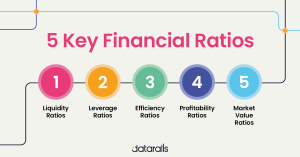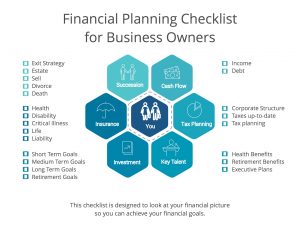
Understanding Business Tax Structures

Choosing the right business structure is a crucial decision with significant tax implications. The structure you select will determine how your business is taxed, impacting your personal liability, administrative burden, and ultimately, your bottom line. This section will Artikel the key tax differences between several common business structures.
Sole Proprietorships
Sole proprietorships are the simplest form of business structure. The business is not a separate legal entity from the owner; therefore, all business income and expenses are reported on the owner’s personal income tax return (Schedule C). This means the owner is personally liable for all business debts and obligations. Tax filing requirements involve filing Schedule C along with Form 1040.
The tax burden is based on the owner’s individual tax bracket, and self-employment taxes (Social Security and Medicare) apply to the net profit.
Partnerships
Partnerships involve two or more individuals who agree to share in the profits or losses of a business. Like sole proprietorships, partnerships are not separate legal entities. Income and expenses are reported on each partner’s individual tax return (Form 1065, then K-1 to each partner). Partners are personally liable for business debts. Tax filing requirements include filing Form 1065, and each partner receives a Schedule K-1 detailing their share of the partnership’s income and expenses.
The tax burden is determined by each partner’s individual tax bracket, and self-employment taxes apply to their share of the net profit.
Limited Liability Companies (LLCs)
LLCs offer a blend of partnership and corporate structures. They provide limited liability protection to the owners (members), meaning personal assets are generally protected from business debts. However, the tax treatment of an LLC is flexible; it can be taxed as a sole proprietorship, partnership, S corporation, or C corporation, depending on the election made with the IRS. Tax filing requirements vary depending on the chosen tax classification.
The tax burden also varies significantly based on the chosen tax classification.
S Corporations
S corporations are corporations that elect to pass their income and losses through to their shareholders. This means the business itself does not pay corporate income tax; instead, the profits and losses are reported on the shareholders’ personal income tax returns (Form 1120-S, then K-1 to each shareholder). Shareholders are not subject to self-employment tax on their salary, but are subject to income tax on their distributions.
Tax filing requirements involve filing Form 1120-S. The tax burden is based on the shareholders’ individual tax brackets, which can be advantageous if the shareholders are in lower tax brackets than the corporate tax rate.
C Corporations
C corporations are separate legal entities from their owners (shareholders). They are subject to corporate income tax on their profits. Profits distributed to shareholders as dividends are also taxed at the individual level. This results in double taxation – the corporation pays taxes on its profits, and shareholders pay taxes on the dividends they receive. Tax filing requirements include filing Form 1120.
The tax burden is generally higher due to this double taxation, although there can be advantages for larger companies with complex financial situations.
Comparison of Tax Burdens and Advantages/Disadvantages
The following table summarizes the key tax advantages and disadvantages of each business structure:
| Business Structure | Tax Advantages | Tax Disadvantages | Tax Filing |
|---|---|---|---|
| Sole Proprietorship | Simple tax filing | Unlimited personal liability; all business income taxed at personal rates, including self-employment taxes | Form 1040, Schedule C |
| Partnership | Simple tax filing (relatively) | Unlimited personal liability; all business income taxed at personal rates, including self-employment taxes | Form 1065, K-1 |
| LLC (as disregarded entity) | Simple tax filing; limited liability | All business income taxed at personal rates, including self-employment taxes | Form 1040, Schedule C |
| LLC (as partnership) | Limited liability; income passed through | All business income taxed at personal rates, including self-employment taxes | Form 1065, K-1 |
| S Corporation | Avoids double taxation; lower self-employment taxes on salaries | More complex administration; potential for higher taxes on distributions if not properly managed | Form 1120-S, K-1 |
| C Corporation | Limited liability; potential tax deductions for corporations | Double taxation (corporate and individual); complex administration | Form 1120 |

